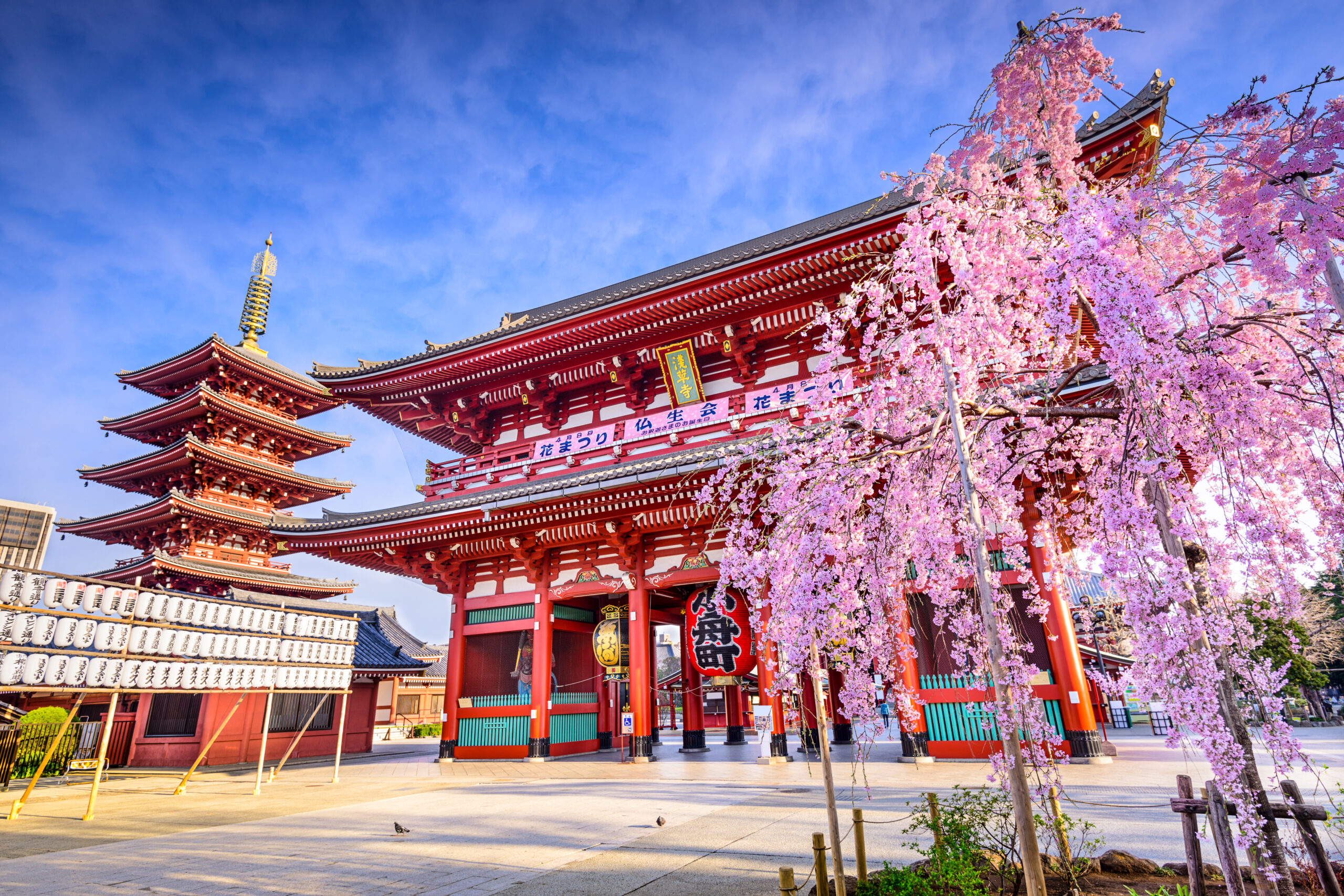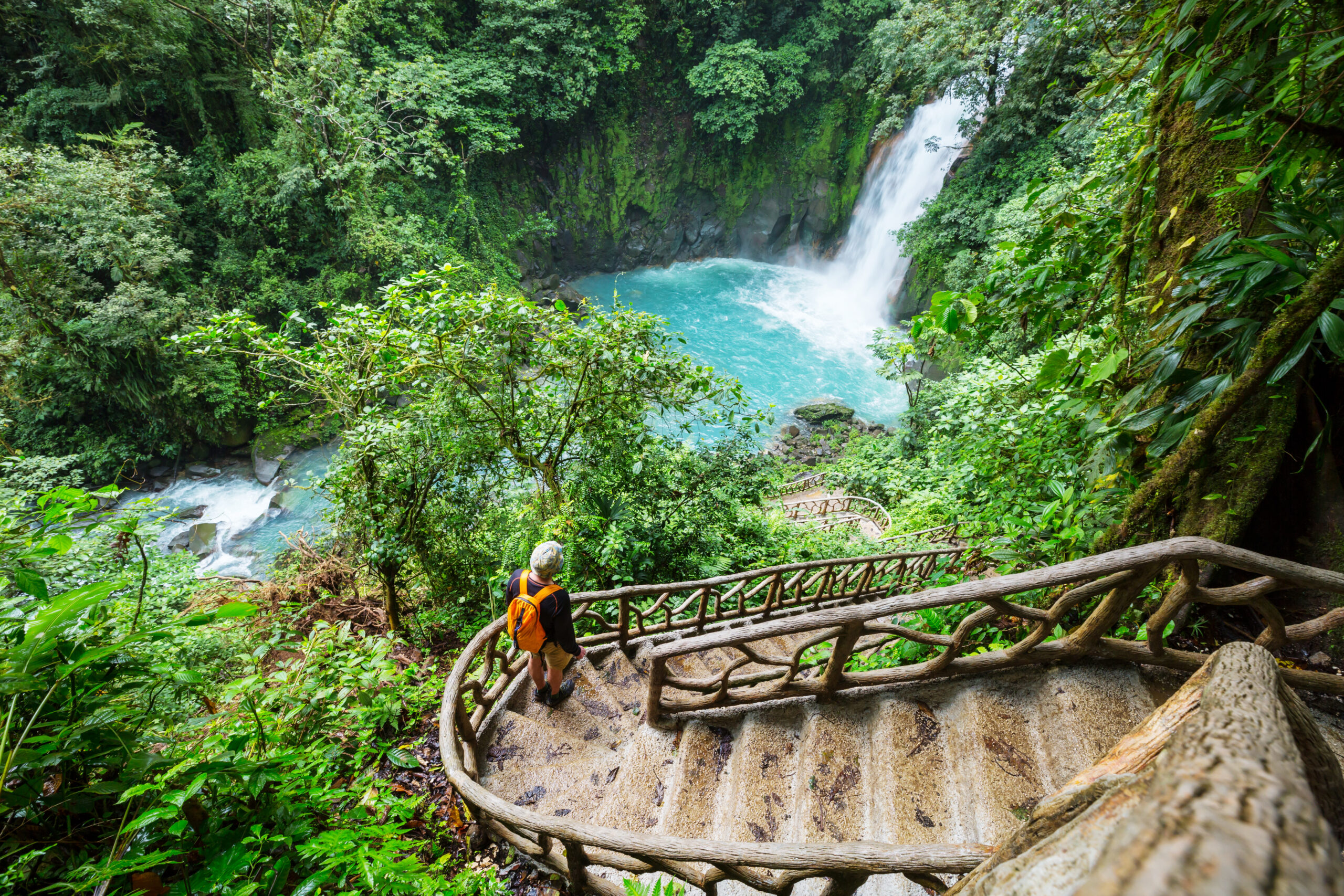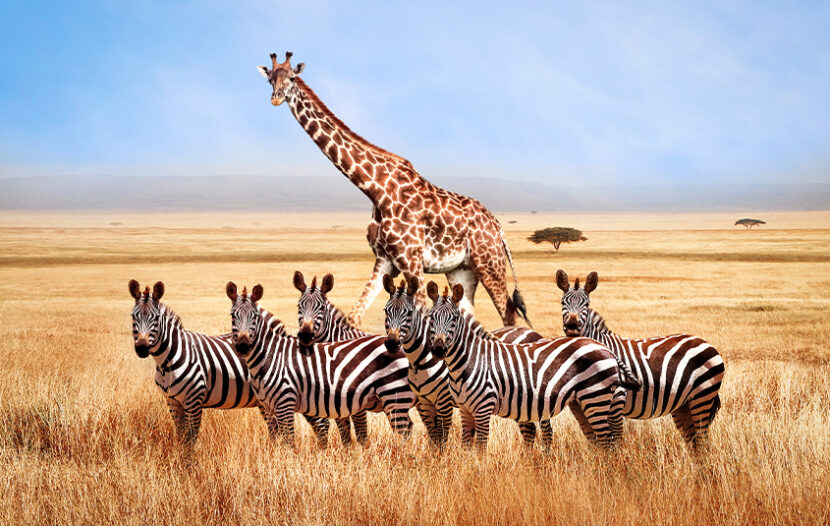TORONTO — Goway Travel marked its 55th anniversary with a virtual event yesterday, bringing together travel advisors and company leaders to explore the future of travel.
Taking place Sept. 30, 2025, on the heels of the company’s successful Goway55 U.S. Travel Roadshow, the virtual event touched on some of the most pressing trends shaping the industry today, including the rise of slow and off-season travel, a growing appetite for immersive food experiences, the influence of Gen Z travellers, the push toward sustainability, and the appeal of “destination dupes” as an antidote to overtourism.
In her opening address, Renee Stanton, Director of Sales, reflected on the company’s success, starting from a small Canadian operator to a global brand offering custom itineraries, groups and air consolidation across more than 115 countries on all seven continents.
“People always ask me how we’ve been in business for 55 years and one really big reason why is our destination specialists who have either lived or travelled extensively in the country and region that they sell. When you contact Goway, you’re not speaking to a different person every single time – you’re going to create that one-on-one relationship with your destination specialist, and they’re going to see the vacation through from start to finish,” said Stanton.

From l-r: Goway’s Moira Smith, Marc Sison and Reesa Avelino
A ONE-STOP HUB FOR ADVISORS
Stanton emphasized the company’s long-standing focus on supporting the trade, likening Goway’s role to that of a dressmaker who can craft a custom outfit to fit any traveller’s needs. “Instead of them going to a shop and perhaps just buying something off the rack, they can come to us with their measurements, what the occasion is, and then we can take it and curate the perfect dress for them. Now that’s exactly what we do, but we do that for your clients’ travel arrangements,” she said.
Stanton also underlined Goway’s long-standing policy of paying commission at the time of full payment, not after travel, ensuring advisors have “money in your pocket straight away” and protection if a client cancels.
To support advisors in selling its product, Goway continues to expand its suite of tools. Its website offers more than 1,000 sample itineraries across the globe, all customizable. The company also has a dedicated website for travel advisors, gowaypro.com, where they have access to sales tools, incentives and the Goway Pro Travel Academy, a training platform featuring more than 60 countries.
On the incentive side, Goway’s Pro Rewards card – designed from agent feedback – allows advisors to earn cash on every booking. “We heard from so many people who told us they don’t want a points program where they can purchase things they don’t really need. What’s important to them is cash. Money goes directly onto a Visa or Mastercard, which you can then use to pay for groceries, gas or a business class seat for your next trip,” said Stanton.
The company also runs the “Passport to a Free FAM” program, offering advisors the chance to qualify for FAM trips that include air by selling across different regions. To qualify, advisors must sell five out of the seven regions Goway sells in one calendar year. Previous FAM destinations include Australia, Kenya, Thailand and Brazil.

Sensoji Temple in Asakusa, Tokyo, Japan
MEASURING SUSTAINABILITY
During a panel session, hosted by Moira Smith, VP of Asia, company leaders addressed major trends shaping global travel, including sustainability.
Marc Sison, VP for Europe North, said sustainability practices have evolved rapidly in the past year thanks to better use of data. “I would say, from a tourism perspective, we’ve gotten better at putting metrics behind sustainability. We’re not just now ticking boxes to meet criteria. Now, we’ve actually been really good at measuring, for instance, our carbon footprint,” he said.
Sison explained that this shift has enabled partners such as hotels, airlines, and transport companies to take tangible actions, from carbon offsets to more community-focused operations. “There are real actions that can be done once you measure something,” he added.
FROM OBSERVERS TO PARTICIPANTS
Another theme driving change is the shift from sightseeing to active cultural immersion. “I think now we’re seeing a shift in terms of our travellers from becoming just observers to participants,” said Sison. “You’re not just seeing things — you’re experiencing things, whether it’s through food, whether it’s through meeting the locals or having a meal in their homes.”
Reesa Avelino, VP for Europe South, echoed that trend, noting that travellers are beginning to balance their appetite for luxury with more intentional, eco-conscious choices. “It’s making people ask more questions about their travel. They’re seeing more options available. A lot of our partners are contracting new hotels that are eco-friendly and sustainable, which are really important for the traveller,” she said.
DESTINATION DUPES
Avelino also highlighted the growing appeal of so-called “destination dupes” – alternatives to crowded hotspots. “A destination dupe would be Bruges, Belgium or Aveiro, Portugal, both known for their canals and both offering a good alternative to heavily populated Venice, Italy,” she said.
Avelino pointed to other examples, including South Korea or Vietnam instead of Japan, and Morocco as an alternative to Egypt. “They share the same culture, the same rich history. So there are a lot of different options now that travellers have, moving from the more well-known destinations into the lesser-known ones,” she said.
SLOW TRAVEL
One of the strongest post-pandemic trends Goway has identified is “slow travel,” where travellers spend more time in fewer places. Avelino said the movement reflects a deeper shift in mindset. “Instead of rushing through a destination over 10 days, people are staying in one or two destinations and really exploring, going into the neighborhoods and talking to the local people,” she explained. “I think slow travel is here, and it’ll just continue to grow. People are looking for deeper experiences.”
Food has become central to that immersive approach. Avelino highlighted cooking classes, Michelin-star dining in Peru, and ceremonial tea rituals in Japan as standout examples. Sisson added that advisors shouldn’t underestimate the importance of food in trip planning: “We often forget that a third of a client’s day is set for eating. It’s such an important part of traveling.”
THE GEN Z FACTOR
The panel also addressed the rising influence of Gen Z, who Sison noted are heavily shaped by social media and digital content. “A lot of their travel decisions are driven by their consumption of media, whether it’s through YouTube, TikTok, Instagram or Facebook. A lot of their travel decisions are based on content by travel bloggers and travel influencers. I think that’s a super important shift that we’re seeing,” he said.
For travel advisors, the opportunity lies in simplifying information overload and reintroducing the human touch. “Let’s bring that human element back to travel planning,” Sison said. “That’s why our travel agent friends in the business, because they bring that human element that no other person on the Internet can bring.”
Avelino agreed, adding that professionals have an edge over digital tools. “AI doesn’t get to know you. But advisors really get to know their customers through qualifying, getting to know their wants, their needs, so that they can make those really strong recommendations to make that trip extra special,” she said.

Waterfall in Costa Rica
OFF-SEASON TRAVEL
Seasonality shifts were another major theme of the event. Sean Hebert, VP for the Americas, noted that travellers are adjusting both when and where they go in response to crowding and climate. “September is now our most popular departure month, which was not the case pre-Covid,” he said. “We’re also seeing growth in northern Europe, where travellers realize that with a warming climate and fewer tourists, now is the time to see Denmark, Sweden or Norway.”
Anthony Saba, VP for the South Pacific, added that the off-season often delivers the best experience. “People assume the best time to travel is based on weather, but that’s not necessarily true. In Australia, October and November are ideal – long days, comfortable temperatures and fewer crowds. You also benefit from lower airfares and quieter touring conditions.”
Smith highlighted how perceptions of value are changing. “The seasons are extending as people realize there’s a benefit to not going in the peak season. In Botswana’s rainy season, for example, the prices are lower but it’s a beautiful time to travel – lush, green and full of wildlife.”
DESTINATION RECOMMENDATIONS
Looking ahead, Goway’s leaders pointed to fresh opportunities to “future-proof” advisors’ FIT business and maximize repeat business. Herbert said demand is surging for South America. “Brazil is one of our fastest-growing destinations, and Patagonia is drawing retirees who want longer trips that mix light adventure with wine regions and cities,” he said.
Smith emphasized Japan’s broadening appeal, noting Goway has added new experiences ranging from ski packages to Michelin-star dining and sumo wrestling. “Japan is one of those destinations people return to time and again because it’s constantly evolving. It’s truly transformative,” she said.
Saba said the South Pacific remains a prime market for agents. “Australia and New Zealand are once-in-a-lifetime trips that require customization, which is where advisors really shine,” he explained. He added that Fiji continues to perform as a simple flight-and-hotel option, but more complex itineraries in the region are driving advisor value.
Hebert also pointed to Alaska and Hawaii as strong performers in North America. “Alaska has become one of our most highly rated FIT destinations, especially for repeat travellers, while Hawaii is popular for long-stays that combine one or two islands at a time. Each island is so different that clients often want to return and explore more.”
For more information, go to www.goway.com and www.gowaypro.com.

